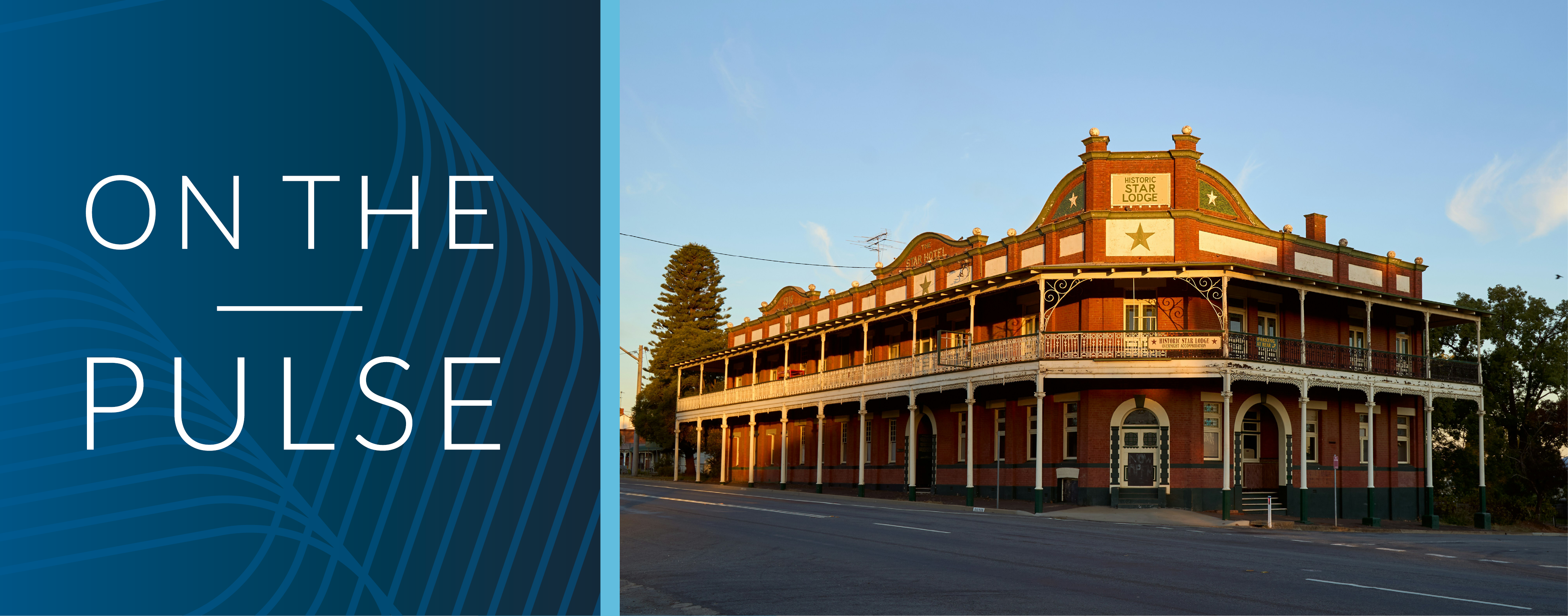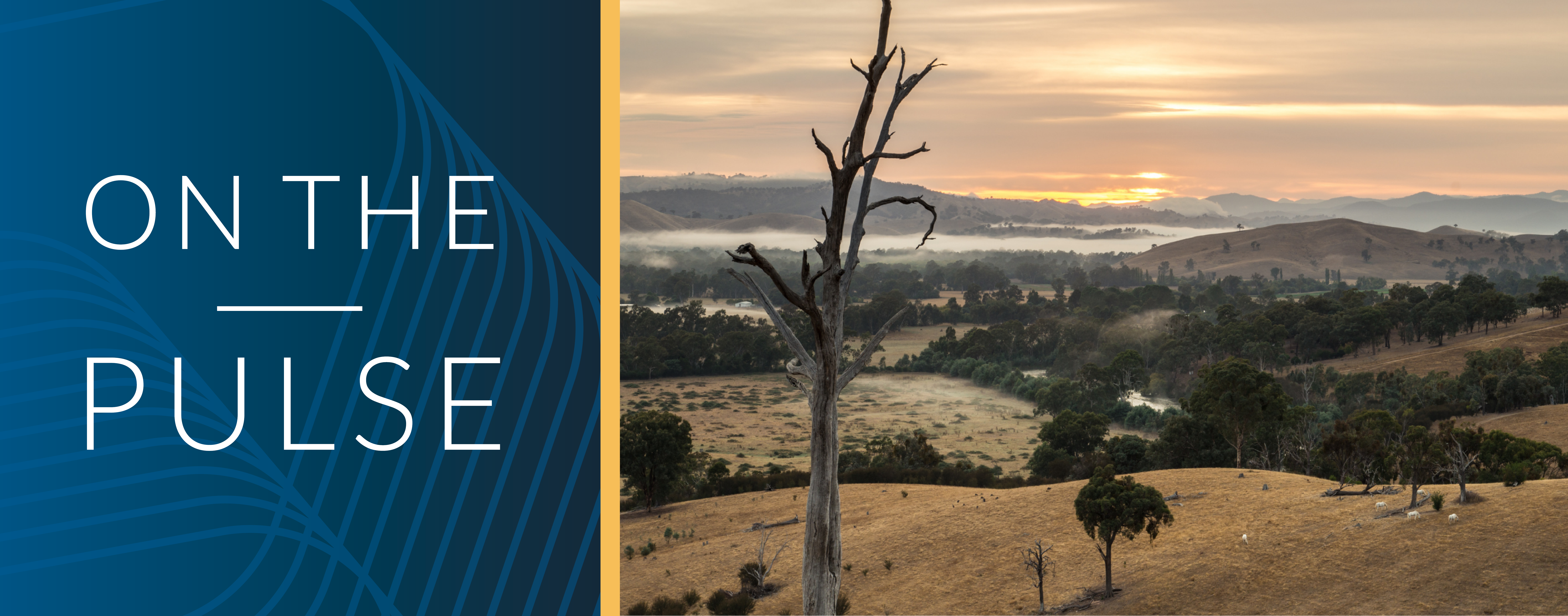Alternate Investments Quarterly May 2025
Blog

Market Overview
Australia’s alternative property investment market continues to expand in 2025, supported by strong demand across niche sectors such as caravan parks, school and group camps, and seasonal worker accommodation. These sectors are underpinned by long-term structural trends—including an increasing and ageing population, accelerating digitalisation, and housing shortages—making them increasingly attractive for investors seeking diversification and resilient, stable returns.
While prolonged high interest rates had tempered transaction activity in recent periods, sentiment has shifted with growing expectations that the Reserve Bank of Australia will continue easing monetary policy later this year. This has renewed investor appetite, particularly for quality, income-generating assets in sectors less sensitive to cyclical economic swings.
Institutional and private capital continues to flow into alternative asset classes, supported by accessible private credit and equity funding. However, regulatory scrutiny and elevated costs remain key considerations influencing pricing and deal structuring. Despite these headwinds, demand has broadly outstripped supply for well-located and high-quality assets in the first half of 2025, reinforcing positive long-term growth prospects across the alternative real estate landscape.
Asset Focus – Rent Rolls

Australian Rent Roll Market Overview – 2024–2025
The Australian rent roll market remains resilient in 2024–2025, underpinned by strong investor demand and a rental landscape marked by supply shortages and rising rents. Nationally, rent roll values continue to command healthy multiples, reflecting the strategic value of property management income amid tightening rental conditions.
National Trends
Rental vacancy rates remain at historic lows across the country, with metropolitan areas like Sydney, Brisbane, and Adelaide experiencing critical undersupply. This has pushed median rents to record levels, heightening pressure on affordability and sustaining interest in rent roll acquisitions.
 New South Wales (NSW)
New South Wales (NSW)
The NSW market is competitive, driven by consistently low vacancy rates and rising weekly rents. Demand for property management businesses remains strong, especially in Greater Sydney and regional hubs.
Victoria (VIC)
Victoria is experiencing investor hesitancy, influenced by evolving regulatory environments and increased land tax burdens. Despite a drop in rental stock, rent roll assets remain valuable due to consistent demand in Melbourne and regional centres.
 Queensland (QLD)
Queensland (QLD)
Queensland’s market remains buoyant. Rapid population growth and a dynamic rental market have led to fast lease turnover and increasing rental yields, enhancing the attractiveness of rent roll portfolios.
South Australia (SA)
Adelaide’s persistently low vacancy rate signals strong demand for rental housing. Although the rent roll market is less active than in the eastern states, the fundamentals remain supportive of future growth.
 Western Australia (WA)
Western Australia (WA)
Perth’s rental market remains undersupplied, driving investor confidence. Rent roll opportunities are supported by a stable management base and improving rental yields.
Tasmania (TAS)
Tight rental conditions across Tasmania, particularly in the south, are attracting growing interest in rent roll assets. The market is maturing, with a rise in available portfolios and steady rental income growth.
Overall, the national rent roll market is performing strongly, with each state offering unique dynamics and investment potential.
Opteon Insights – Alternate Markets
Pub and Taverns

After a subdued start to 2024, the pub and tavern property market in Victoria and New South Wales observed increased consumer confidence in the latter part of the year, as interest rates remained steady and cost of living pressures eased. This is evidenced by increased market activity in both states, and notably, through landmark acquisitions in metropolitan Melbourne and Sydney, signifying renewed belief in the long-term profitability of well-located pubs.
In the early stages of 2025, consumer confidence remained buoyant, benefitted by the Reserve Bank of Australia’s decision in February, to reduce the cash rate for the first time since November 2020, with the expectation of further rate cuts on the horizon. This confidence is reinforced by the Victorian and New South Wales Governments’ implementation of their respective ‘Cutting the Red Tape’ and ‘Vibrancy’ reforms, which highlight the importance of pubs and taverns within the hospitality sector. These reforms aim to streamline liquor licencing requirements and enhance economic performance within the sector.
Entering 2025, pent up consumer demand for good quality pubs and taverns is evidenced in metropolitan and coastal areas of Victoria and New South Wales, resulting in several notable freehold pubs changing hands in the year to date. Positively, experienced hospitality operators and investors have been active in these areas, acquiring assets which provide strong returns on investment, have scope for further development, and/or are securely leased to well-regarded tenants.
Similarly, transactional activity in the regional pub and tavern marketplace in both states has remained durable in early 2025, driven by private investors seeking lifestyle-oriented ventures, local hospitality operators expanding their operations and speculative investors intending on repurposing historical pub buildings for alternative uses. Well located and performing regional assets, particularly those with limited nearby trading competition, historical charm, and those with significant land holdings suitable for future development are sought after, achieving yields in the vicinity of (say) 10.00% to 12.00% on a freehold going concern basis and (say) 6.00% to 7.50% when sold subject to lease.
Pubs situated in secondary or remote regional locales are typically less desirable, and subject to higher levels of volatility, given the inherent difficulties in recruiting and maintaining staff, the increased freighting costs of saleable goods and market demographic factors. Accordingly, these assets transact at softer, risk affected yields, which can exceed (say) 15.00% on a freehold going concern basis. Alternatively, given the lack of lessee demand, these properties are sold vacant at significantly reduced prices.
As 2025 progresses, it is expected that sustained interest in good quality pubs and taverns in Victoria and New South Wales will result in continued transactional activity. Factors such as easing interest rates, government reforms, demographic shifts, and the enduring appeal of hospitality venues contribute to a positive market outlook. Investors are likely to focus on establishments offering multiple income streams, including accommodation, dining, and entertainment, to maximize returns and mitigate risks.
Overall, the pub and tavern markets in Victoria and New South Wales have shown resilience in the recent, post-pandemic years, and are now evolving in-line with changes in consumer preferences, regulatory requirements and vibrancy reforms.
 Patrick Plummer,
Patrick Plummer,
Senior Valuer
03 5821 3565
patrick.plummer@opteonsolutions.com
Motels

The market for all NSW motel interests (i.e. freehold ‘going concerns’, leasehold (business) interests and lessor interests) have tightened since COVID-19 where yields are now 1.0% - 2.0% lower for all motel types. For example, a freehold ‘going concern’ (walk in walk out) motel prior to COVID-19 if selling on a yield of 11.50% - 12.00% is now selling on a yield of 10.00% – 10.50%.
Generally, speaking the market is tightly held particularly for better quality motels as most motels have seen an increase in occupancies, turnover and net profit since COVID-19, although for some motels this has now softened due to cost-of-living pressure impacting on guests ‘discretionary’ spending.
Another notable aspect of the NSW Country motel market is the significant increase in the number of freehold ‘going concern’ / leasehold motel sales over the past twelve (12) to eighteen (18) months and in particularly 3.0 / 3.5-star quality motels to people of Indian nationality. It would appear the Indian buyer market are diversifying out of services stations and into (country) motels.
The market for country leasehold motel interests which have a lower entry price show a 25% to 35% return on investment in comparison to the 10% to 14% return for most freehold ‘going concern’ motels. The market for Lessor interest motels is particularly good with limited (if any) stock available with investors seeking a higher return than bank deposits from a passive asset i.e. 6.5% - 7.5% return.
The other notable aspect of the market is that there is a dearth of available stock in Sydney metropolitan, the south coast and north coasts of New Sout Wales where stock is very tightly held and any sales that are occurring are on record low yields.
Leasehold motels are the most sought-after motel businesses at present as they are the most appealing to the current market as an easy option with a reasonable return plus the long-term potential to purchase the freehold interest from the landlord.
Demand is still strong for larger freehold ‘going concern’ motels however there are considerably less to sell than the leasehold options. Ian Britton,
Ian Britton,
Senior Valuer (NSW)
0429 618 820
ian.britton@opteonsolutions.com
Subscribe to receive the latest property insights here:







.jpg)